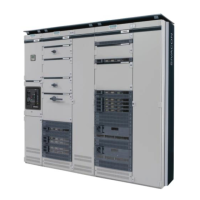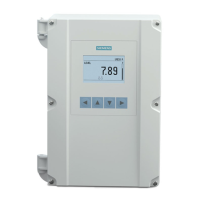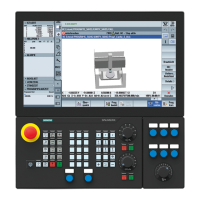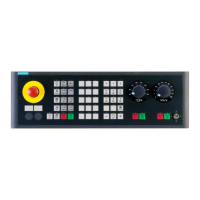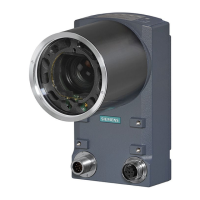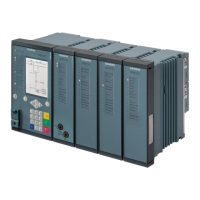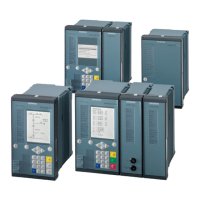105
SIVACON S8 Planning Principles – Glossary and rated parameters
2
3
4
5
6
7
8
9
10
11
1
Rated diversity factor (RDF)
The rated diversity factor is the rated current value given as
a percentage by the assembly manufacturer, the outgoing
feeders of an assembly can continuously and simulta-
neously be loaded with taking the mutual thermal
influences into account.
The rated diversity factor may be specified
• for groups of circuits
• for the entire switchgear and controlgear assembly
The rated current of the circuits I
nc
multiplied by the rated
diversity factor must be greater than or equal to the as-
sumed outgoing feeder load.
The rated diversity factor recognizes that several outgoing
feeders in a cubicle are in practice loaded intermittently, or
not fully loaded simultaneously. However, if there is no
agreement between manufacturer and user as to the real
loading of the outgoing feeder circuits, the values given in
Tab. 11/2 shall be applied.
Tab. 11/2: Rated diversity factors RDF for various load types
Type of loading
Assumed diversity
factor
Power distribution: 2 - 3 circuits 0.9
Power distribution: 4 - 5 circuits 0.8
Power distribution: 6 - 9 circuits 0.7
Power distribution: 10 circuits and more 0.6
Electric actuators 0.2
Motors ≤ 100 kW 0.8
Motors > 100 kW 1
If equipment is to be coordinated which is used in a switch-
board, the rated values given in the IEC 60947 product
standards shall be the basis:
Trip class – CLASS
Trip classes define time intervals within which the pro-
tective devices (overload trip units of circuit breakers or
overload relays) must trip in cold state when assuming a
symmetrical 3-phase load of 7.2 times the setting current:
• CLASS 5, CLASS 10:
for standard applications (normal starting)
• CLASS 20, CLASS 30, CLASS 40:
for applications with a high starting current over a longer
period of time
In addition to the overload protective devices, the con-
tactors and the short-circuit fuses must also be dimen-
sioned for longer starting times.
Short-circuit breaking capacity
The short-circuit breaking capacity is the short-circuit
current declared by the manufacturer which is capable of
switching off the device / motor starter under specified
conditions.
Type of co-ordination
The type of co-ordination describes the permissible degree
of damage after a short circuit. Under no circumstances
must persons or the installation be endangered in the
event of a short circuit.
Specifically: Type of co-ordination 2 or “Type 2”
The starter remains operable. No damage must be
present on devices with the exception of slight
contactor contact welding, if these contacts can be
easily separated without any substantial deformation.
Pollution degree
The pollution degree refers to the environmental conditions
for which the assembly is intended. For switching devices
and components inside an enclosure, the pollution degree
of the environmental conditions in the enclosure is
applicable.
For the purpose of evaluating clearances and creepage
distances four degrees of pollution in the micro-
environment are established.
Specifically: Pollution degree 3
Conductive pollution occurs or dry, non-conductive
pollution occurs which is expected to become con-
ductive due to condensation.
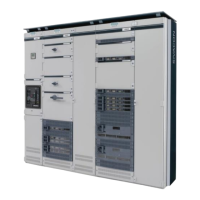
